Is your puppy turning their crate into a bathroom? Crate soiling can frustrate anyone trying to train their pup. This guide will introduce you to the ‘Crate Break’ method, a tried-and-true technique for promoting good hygiene and proper crate behavior.
Keep reading to help your dog pause the mess!
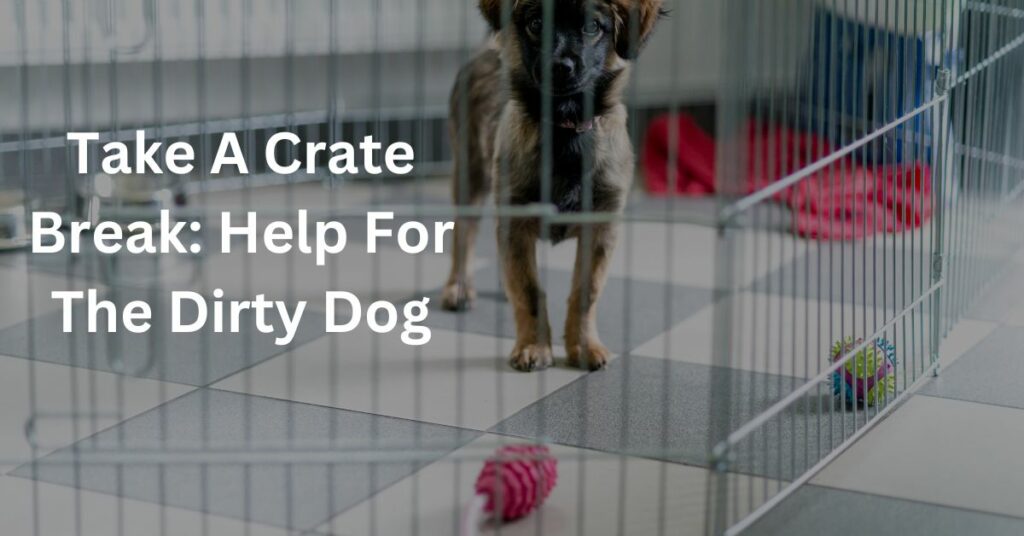
Table of Contents
The “Crate Break” Method
Setting up a designated area for your dog with an exercise pen, crate, and food/water bowls can help manage their behavior. This method helps in-house training by creating boundaries to minimize accidents and setting your dog up for success.
Setting up a designated area for the dog
Creating a space just for your dog is the first step in the “Crate Break” method. Choose an area that provides enough room for movement and rest. Here’s how to set it up:
- Place the exercise pen where your dog feels comfortable, avoiding isolated corners that might add stress.
- Ensure the exercise pen is large enough (long and narrow) to allow space for sleeping, playing, eating, and toileting away from the sleeping area.
- Position the crate securely within this designated area with an open door or door removed so it’s inviting for your dog to enter and exit freely (but not on the edge, as it might turn into a climbing escape route).
- Place food and water bowls in the front corner farthest from the entrance; this reduces the chance of spills when your dog bounds in excitedly.
- At the opposite end of the pen, lay down absorbent papers or puppy pads; these will serve as the bathroom area.
- Secure these bathroom materials to minimize destruction – you don’t want them turning into chew toys!
- Organize some toys inside the pen to keep your dog occupied and prevent boredom.
It’s not just about containment; it’s about creating a safe and comfortable area for your puppy to play, eat, and rest without getting into trouble.
Setting Up the Exercise Pen
Place the crate near the front of this enclosed area with the door open or removed so your dog feels at ease entering and exiting their space. On one side, position food and water bowls, preferably away from where you’ll teach them to go potty.
At the back of the exercise pen, lay down papers or pads that will serve as their bathroom spot—make sure they’re far enough from where they eat and sleep! This setup mimics natural behavior, encouraging dogs to keep their rest areas clean.
Remembering these details when setting up your pen will help foster good habits in any puppy needing a crate break.
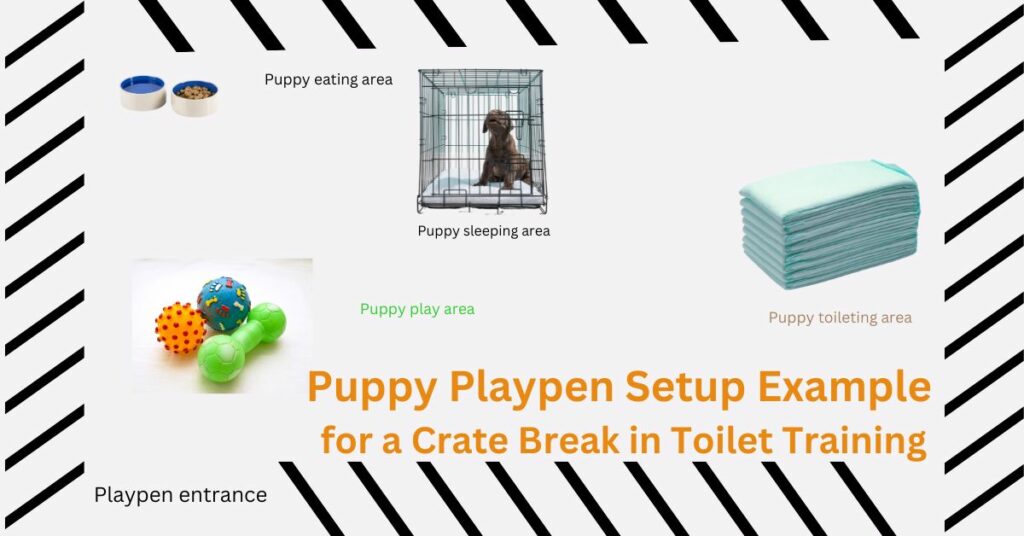
Designating a Bathroom Area
To designate a bathroom area for the puppy, use paper or pads to relieve itself. Newspapers, puppy pads, or hospital-type underpads are recommended.
Sheets, toweling, or fabric options are not suitable for the designated bathroom area – these can create further issues.
Place the papers or pads in a specific area within the pen. Rest the exercise pen on the papers or pads to minimize ripping and shifting. Spray replacement papers lightly with an anti-chew spray to deter chewing.
Regularly replace soiled papers to maintain cleanliness and hygiene in the designated bathroom area.
Retraining the Dog
At the beginning of the crate break, if the puppy is still toileting in its sleeping area, it may be necessary to have the crate door closed and only open it after the pup has eaten and been outside to toilet.
Gradually reintroducing the dog to the crate
Start by briefly allowing the dog to be in the crate while at home and under supervision. Increase the time gradually as long as the dog remains clean. Use the pen when leaving the dog during the retraining phase (this can be up to 2 months!).
- Begin with short intervals in the crate (about an hour), and closely monitor the dog’s behavior when you are there.
- Extend the time spent in the crate slowly, ensuring not to rush the process. If the crate is 100% clean after 2 weeks, then you can put the pup in the crate (no more than an hour at a time) after its been outside to toilet.
- Continue using the exercise pen when away from home until a significant mistake – free time has passed.
- After a month of 100% clean time, start transitioning to leaving the dog crated for an additional hour at a time. Gradually increase the time every time you have a couple of clean weeks.
Transitioning to leaving the dog crated after a period of mistake-free time
To transition to leaving the dog crated after a couple of months of mistake-free time, follow these steps:
- Increase crate time gradually: Begin by leaving the dog crated for short periods while you are there and after your dog has been outside for exercise and toileting. Then, gradually increase the time after 2 weeks of 100% clean crate while you are still around.
- Monitor behavior: Watch for signs of anxiety or distress when reintroducing the crate to ensure a comfortable transition.
- Reinforce positive behavior: Use positive reinforcement such as treats and praise when the dog remains clean in the crate for extended periods. Use praise and positive reinforcement when your dog toilets outside.
- Provide mental stimulation: Offer toys or activities to engage the dog while crating, reducing stress and boredom.
- Ensure regular bathroom breaks: Take the dog outside frequently to minimize accidents and reinforce good toilet habits. Use praise and positive reinforcement when the pup toilets outside.
Long-term Benefits and Support
This may seem long-winded and painful, but it ensures good crate association and toilet training for pups. This way, your dog learns to associate positively with the crate and doesn’t go to the toilet where it sleeps.
Emphasizing the long-term benefit of having a toilet-trained dog
A toilet-trained dog brings long-term benefits. They transform into well-behaved and trustworthy pets, creating a clean living space with reduced anxiety for the owner and the dog.
Toilet-trained dogs are welcome in public spaces and social gatherings and prevent property damage.
Offering moral support and guidance through forums
Forum participation can provide emotional support, encouragement, and helpful guidance and tips from experienced dog owners and trainers.
Through sharing experiences, online community members can offer advice, training tips, feedback on challenges faced during crate training, and words of encouragement to those going through similar experiences.
Final word on the crate break
The “crate break” method is helpful for toilet training puppies and dogs who soil their crates. It may seem long-winded and time-consuming, but it works, and it’s worth the months of effort put in now for actual long-term results!
It may feel like you are alone, but many people are going through what you are right now, and people have been through it. You can do this! Good luck!

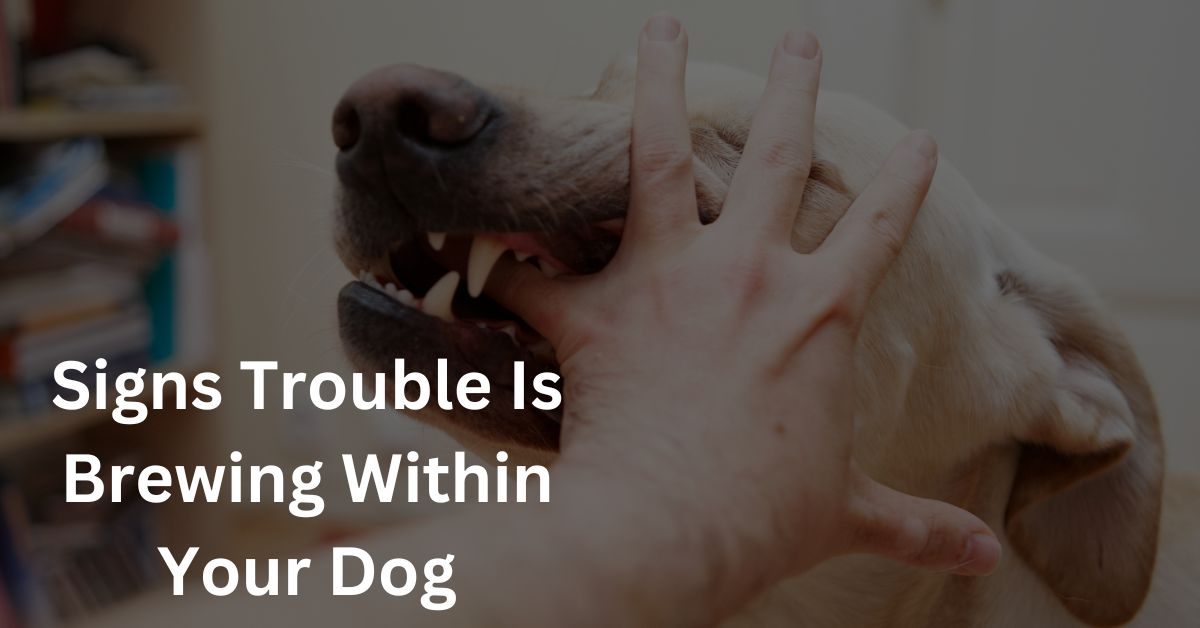
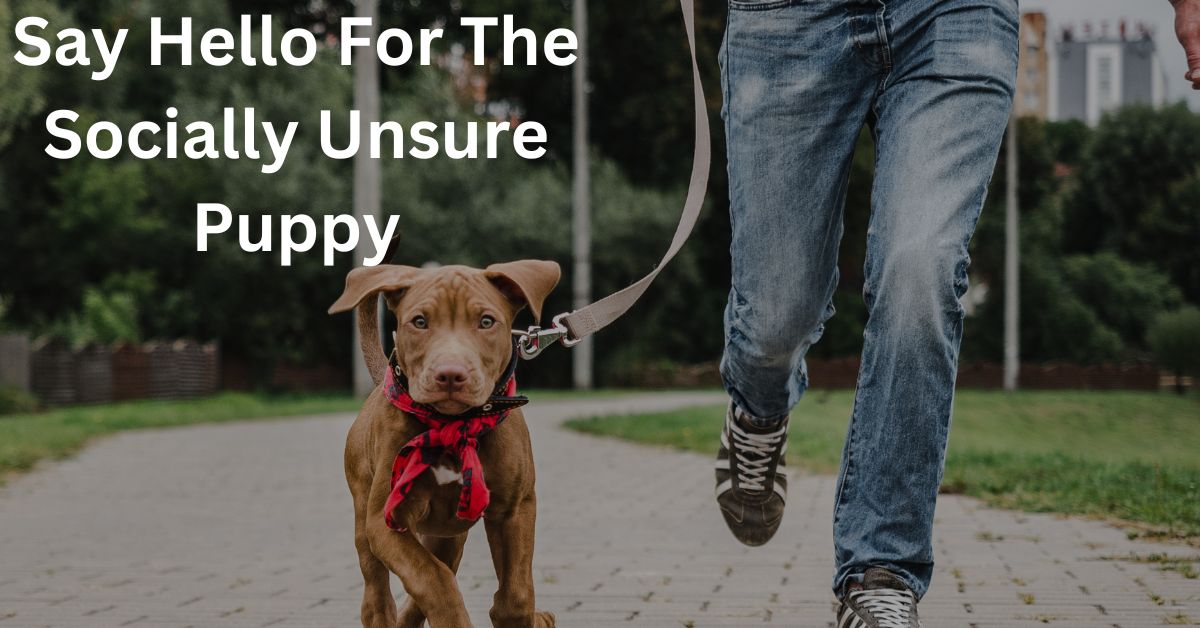
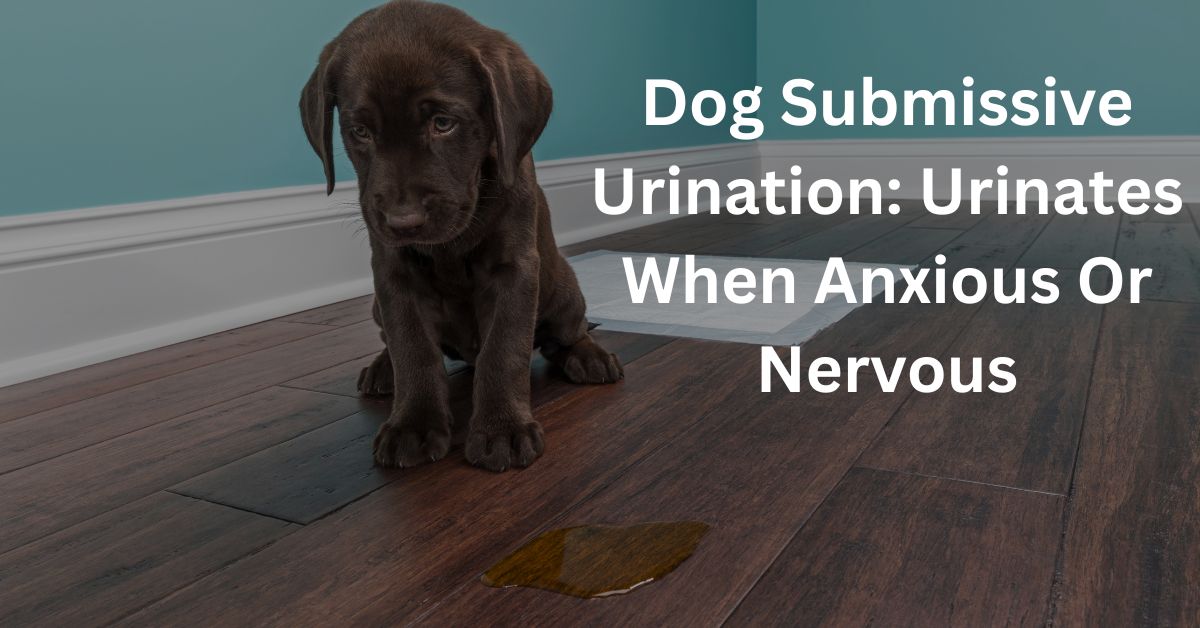
Leave a Reply